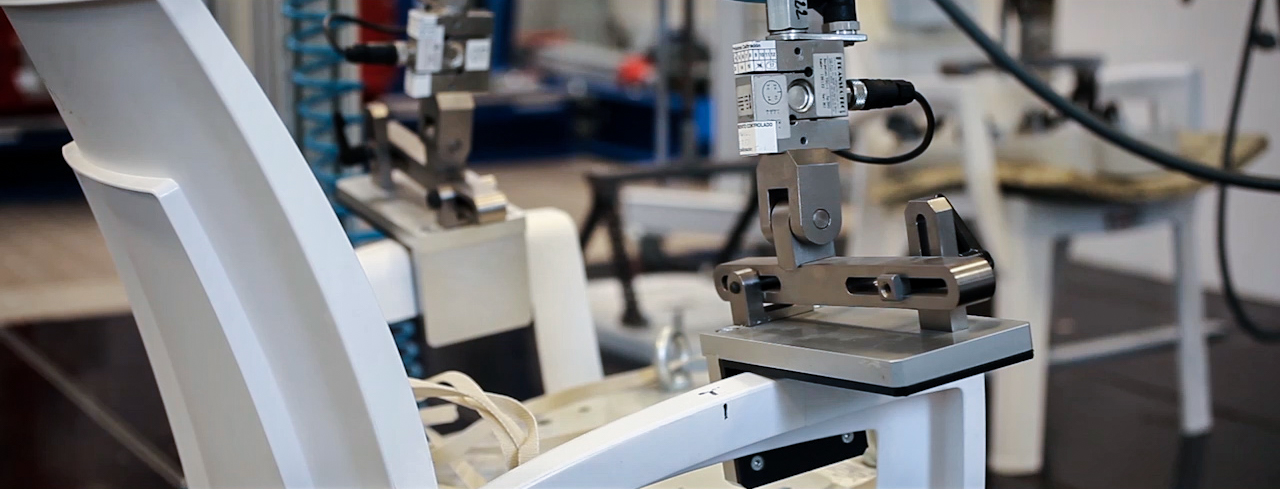Uruguay invests in modern workforce
01 February 2018 Danilo DE OLIVEIRA PEREIRA

Mario Lasiu’s routine is full of interactions with machines. He works as a maintenance supervisor for Teyma Abengoa, an engineering, construction and industry services company in Uruguay. Like many people in a similar context, his work is being affected by current technological changes.
“We had a problem with a vehicle which is highly automated. It was taking us a lot of time to try to solve it. It was very difficult to understand automation and how it works,” he said.
Faced with an endless process of trial and error, Mario and two of his co-workers decided to update their skills and take classes in mechatronics – a sub-field of engineering that unifies mechanics, electronics and computer science.
“After six or seven classes, the problem we had was approached. We talked to the teachers about it, then went back to the company and were able to solve the issue,” he said.
Cases like Mario’s clearly show that automation is redefining many jobs. Those affected need to learn how to better use and interact with automated machines.
Keeping up with technological changes
Investing in training is the best way to ensure that companies incorporate technological changes. That is the purpose of the centre Mario and his colleagues turned to.
The Centre of Industry Automation and Mechatronics (CAIME) offers training in automation technologies in order to help local industries with technical knowledge and best practices, process control and quality management in the field of automation.
CAIME was designed and implemented by UNIDO in collaboration with the Ministry of Industry, Energy and Mining of Uruguay. The Uruguayan Technical and Professional Education Council (UTU) and the Technical Laboratory of Uruguay (LATU) are responsible for the technical training.
“Students have the opportunity to learn about activities which are very important for the industry. Be it to learn about machines they will have to use, machines they will have to programme or the ones they will have to incorporate into a production line,” said Fernando Fontan, President of LATU.
CAIME offers courses with a modular structure. Students can choose the topics they find more interesting or that can be quickly applied to their work. Each module lasts from two to four days. During that time students learn how to design fully automated processes. The modular structure allows not only university students, but also workers to learn and update their skills.
Automation and developing countries
The more automated machines get, the more likely it is that certain types of jobs get eliminated and new ones are created. Developing countries will have a harder time dealing with these changes since they see millions of young people enter the job market every year. Those countries need to invest heavily in education if they are to keep up with current trends.
They also have other interests at stake. Automation is extremely relevant for countries that want their industries to be competitive on a global level. It can increase product consistency and compliance by international standards, not to mention other demands posed by international markets in terms of quality, specification, uses, price, and so on. Automated production lines also make companies more competitive because they increase product quality, and reduce production time and costs.
The next step
Technological innovations present developing countries with several challenges and opportunities. Initiatives such as CAIME help them adapt to the industry’s changing demands and benefit from what new technologies have to offer.
“CAIME is an example of something that developing countries can do in order to update their labour force,” said Guillermo Moncecchi, Vice-minister of Industry, Energy and Mining of Uruguay.
“We want to transfer the experience of CAIME to other regions. This model will be very relevant for developing countries,” added Manuel Albaladejo, UNIDO Representative in Uruguay. “Neighbouring countries have already shown interest in visiting the Centre,” he said.
Projects like CAIME narrow the technology gap between developing and developed countries, making sure everyone benefits from technological advances and that no-one is left behind.